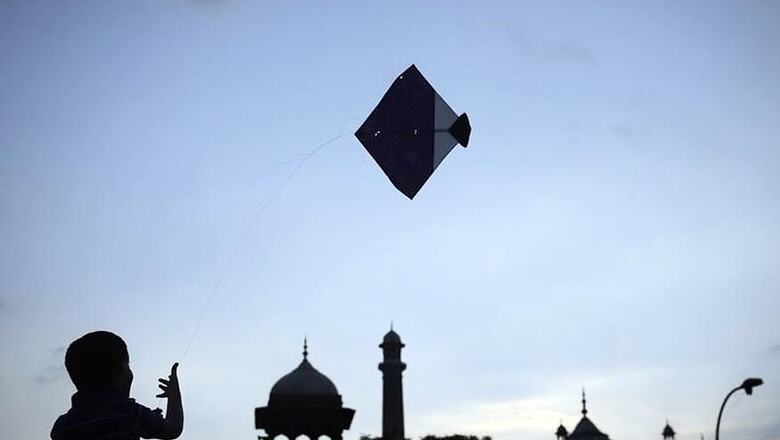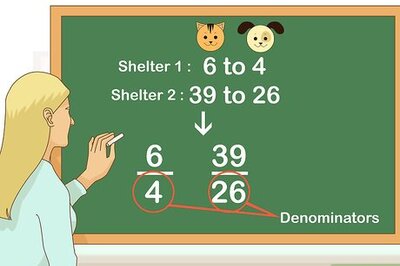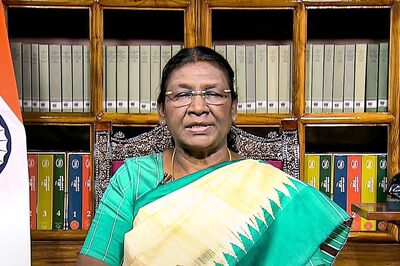
views
Makar Sankranti, which is celebrated on January 14, marks the commencement of an auspicious phase in Indian culture.
The festival signifies the movement of the Sun into the zodiac sign of Maka (Capricorn) and is considered to be the holy phase of transition. According to Hindu rituals, with the beginning of Makar Sankranti, the inauspicious phase comes to an end. Sacred Hindu rituals can be sanctified from this day.
According to Hindu mythology, Uttarayan is a six-month period.
With Makar Sankrati’s commencement, days become longer and nights get shorter.
In other words, Makar Sankranti is the termination of the winter season and the beginning of a new harvest season.
What are the customs associated with Makar Sankranti in different parts of the country?
In Rajasthan, married women present gifts related to household and cosmetics to 13 married women. They also offer snacks such as til patti, gajak, kheer, til laddoo and ghevar. Kite flying is also widely followed.
People in Delhi, Haryana, Uttar Pradesh and Gujarat enjoy kite flying on the day of Makar Sankranti.
In Delhi, both Lohri and Makar Sankranti are celebrated. Lohri usually falls a day before Makar Sankranti and hence it is celebrated on January 13.
People also indulge in Churmaa festive preparation made with ghee, atta and nuts in Haryana.
Uttar Pradesh witnesses an outpour of people from different parts of the country for the Maagh Mela, an annual gathering in Prayag, on the banks of Triveni Sangam, where many take a dip in the holy Ganges and pay their respects to the Sun god.
In Bengal, the celebrations last for three days. Varied delicacies with sesame seeds and jaggery on the basis form a crucial component. Doodh phuli, patishapta, gur payesh are some of the popular dishes.
In Himachal, people take dip in springs and stepwells and later have a lunch of khichdi and gur.
In Maharashtra, snacks like puran poli and til laddoos are prepared.
Karnataka, Andhra Pradesh and Telangana celebrate Ugadi, a similar harvest festival, and also the New Year celebrations. People draw colourful rangolis and visit temples. It will be observed on March 25 this year.




















Comments
0 comment